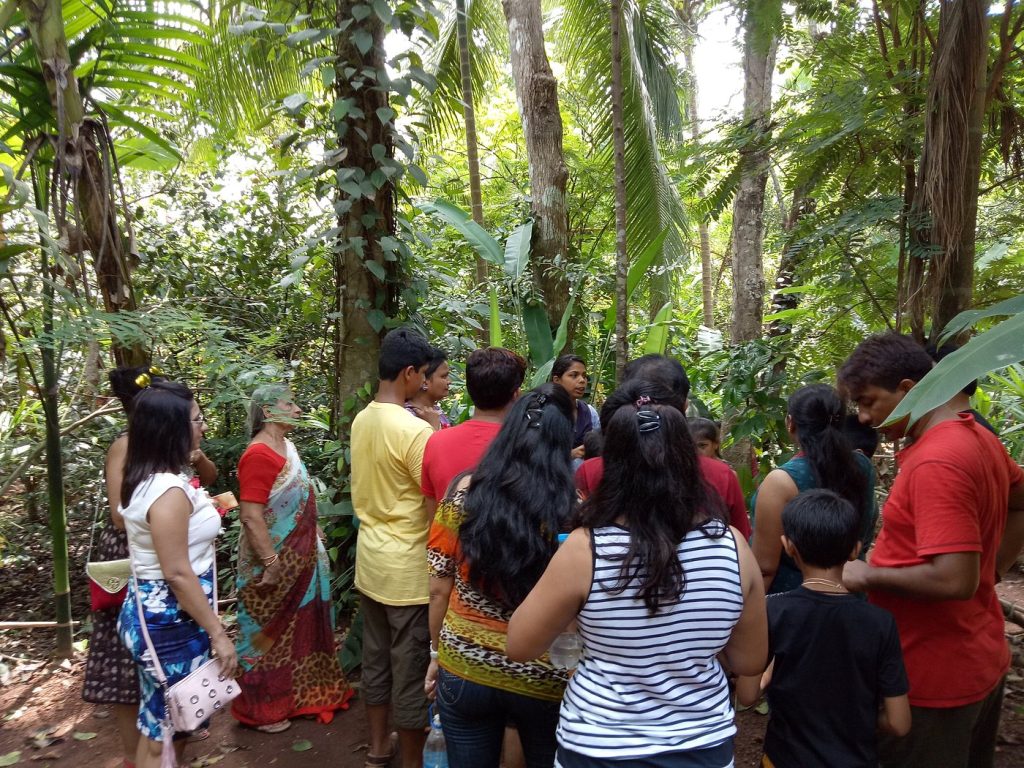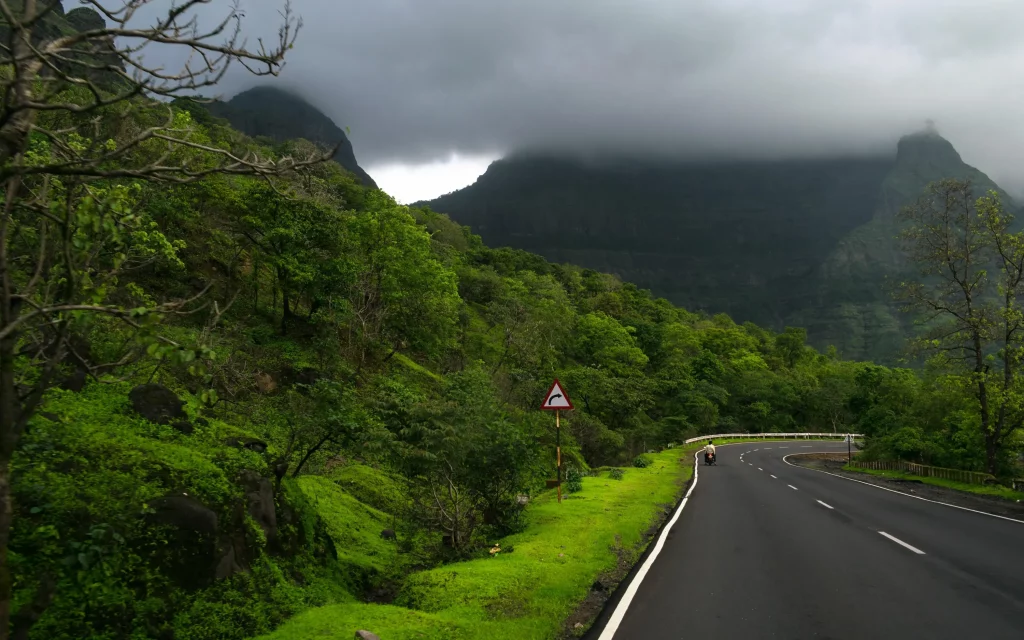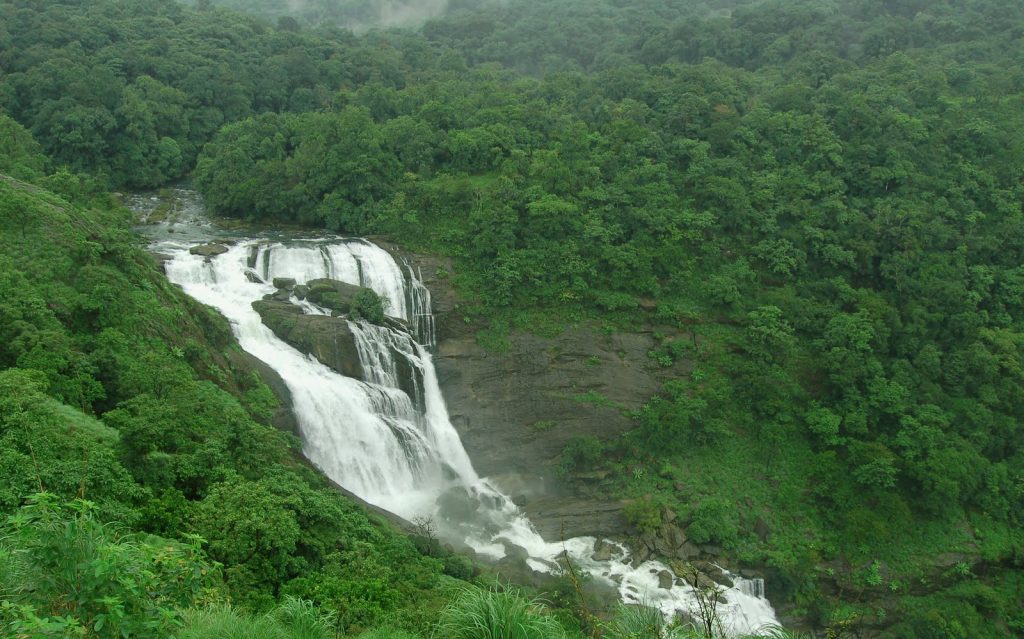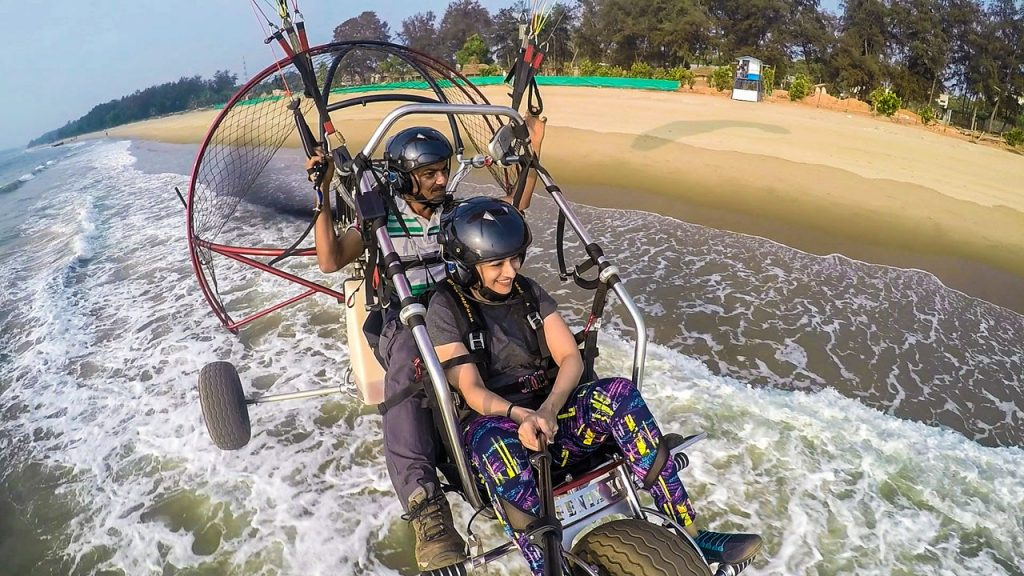Kerala, a state in the south-western coast of India, is known for its rich and diverse culture, natural beauty and delicious cuisine. But did you know that Kerala is also home to some of the most exotic and aromatic spices in the world? In fact, Kerala was once the hub of the global spice trade, attracting merchants and explorers from far and wide.
In this blog post, we will take you on a journey along the spice trail of Kerala, where you can discover the history, cultivation and uses of various spices that make Kerala’s food so unique and flavorful. Whether you are a foodie, a history buff or a nature lover, you will find something to enjoy and learn on this spice adventure.
The Spice Trail of Kerala: What to Expect
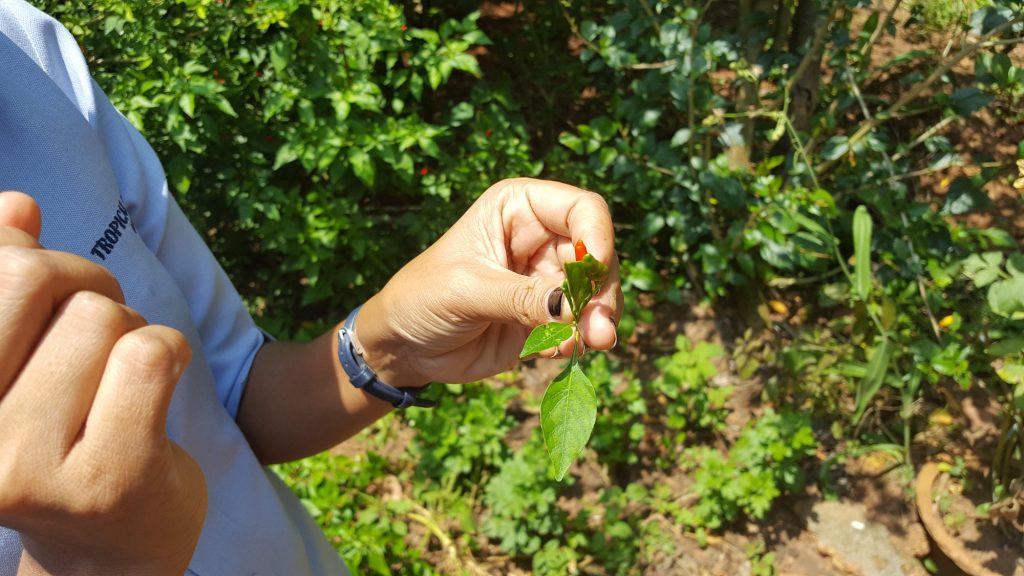
The spice trail of Kerala is a network of routes that connect different regions and towns that produce and trade spices. The trail covers various terrains and climates, from the lush green hills of the Western Ghats to the coastal plains and backwaters. Along the way, you will encounter spice plantations, spice markets, spice museums and spice festivals that showcase the diversity and richness of Kerala’s spice heritage.
Some of the spices that you can expect to see and smell on the spice trail are:
- Pepper: Known as the “king of spices”, pepper is one of the oldest and most valued spices in the world. Kerala is the largest producer of pepper in India, and has been cultivating it since ancient times. Pepper is used to add heat and flavor to dishes, as well as for its medicinal properties.
- Cardamom: Known as the “queen of spices”, cardamom is another prized spice that Kerala is famous for. Cardamom is grown in the high-altitude regions of the Western Ghats, where it thrives in the moist and shady conditions. Cardamom is used to flavor sweets, beverages, curries and rice dishes, as well as for its aromatic and digestive benefits.
- Clove: Clove is a spice that is derived from the dried flower buds of a tropical evergreen tree. Clove has a strong and distinctive flavor and aroma, and is used to spice up dishes like biryanis, stews and pickles. Clove also has antiseptic and analgesic properties, and is used to treat toothaches and infections.
- Cinnamon: Cinnamon is a spice that is obtained from the inner bark of a tree that belongs to the laurel family. Cinnamon has a sweet and warm flavor and aroma, and is used to enhance desserts, drinks, breads and meat dishes. Cinnamon also has anti-inflammatory and antioxidant properties, and is used to lower blood sugar levels and cholesterol.
- Nutmeg: Nutmeg is a spice that comes from the seed of a tropical evergreen tree. Nutmeg has a nutty and spicy flavor and aroma, and is used to season dishes like soups, sauces, pies and cakes. Nutmeg also has psychoactive and hallucinogenic effects when consumed in large doses, so be careful not to overdo it.
- Ginger: Ginger is a spice that comes from the rhizome or root of a flowering plant. Ginger has a pungent and zesty flavor and aroma, and is used to add freshness and heat to dishes like curries, chutneys and teas. Ginger also has anti-inflammatory and anti-nausea properties, and is used to treat colds, coughs and motion sickness.
- Turmeric: Turmeric is a spice that comes from the root of a plant that belongs to the ginger family. Turmeric has a bright yellow color and a earthy
The Spice Markets of Kerala
Kerala is home to some of the most famous spice markets in the world. Here are a few of the most popular ones:
Mattancherry Spice Market: Located in the historic town of Mattancherry in Kochi, this market is known for its variety of spices and herbs.
Broadway Market: Located in the heart of Kochi, this market is known for its fresh produce, including spices and herbs.
Chalai Market: Located in Thiruvananthapuram, this market is known for its spices and traditional Kerala products.
Kottayam Market: Located in Kottayam, this market is known for its cardamom, nutmeg, and pepper.
The Spice Plantations of Kerala
Kerala is home to some of the most beautiful spice plantations in the world. Here are a few of the most popular ones:
Munnar: Known for its tea and spice plantations, Munnar is one of the most popular tourist destinations in Kerala.
Wayanad: Wayanad is known for its coffee and spice plantations. It is also home to several wildlife sanctuaries.
Thekkady: Thekkady is known for its spice plantations and the Periyar Wildlife Sanctuary.
Kumily: Located near Thekkady, Kumily is known for its spice plantations and Ayurvedic resorts.
The Spice Route in Kerala
The spice route in Kerala is a journey that takes you through the state’s history and culture. The route starts in Kochi, where you can visit the Mattancherry Palace, which was built by the Portuguese in the 16th century. The palace is known for its beautiful murals and artifacts.
From Kochi, you can take a drive to Munnar, which is known for its tea and spice plantations. The drive takes you through scenic routes, including the famous Western Ghats. Along the way, you can stop at spice plantations, where you can learn about the cultivation and processing of various spices.
From Munnar, you can head to Thekkady, which is known for its spice plantations and the Periyar Wildlife Sanctuary. The sanctuary is home to a variety of wildlife, including elephants, tigers, and leopards. You can take a boat ride on the Periyar Lake, which offers stunning views of the sanctuary.
After Thekkady, you can head to Kumily, which is known for its spice plantations and Ayurvedic resorts. Ayurveda is an ancient Indian system of medicine, which uses herbs and natural remedies to treat ailments. You can experience Ayurvedic treatments and massages at the resorts in Kumily.
The final stop on the spice trail is Wayanad, which is known for its coffee and spice plantations. Wayanad is also home to several wildlife sanctuaries, including the Wayanad Wildlife Sanctuary. The sanctuary is home to a variety of wildlife, including tigers, elephants, and leopards.

